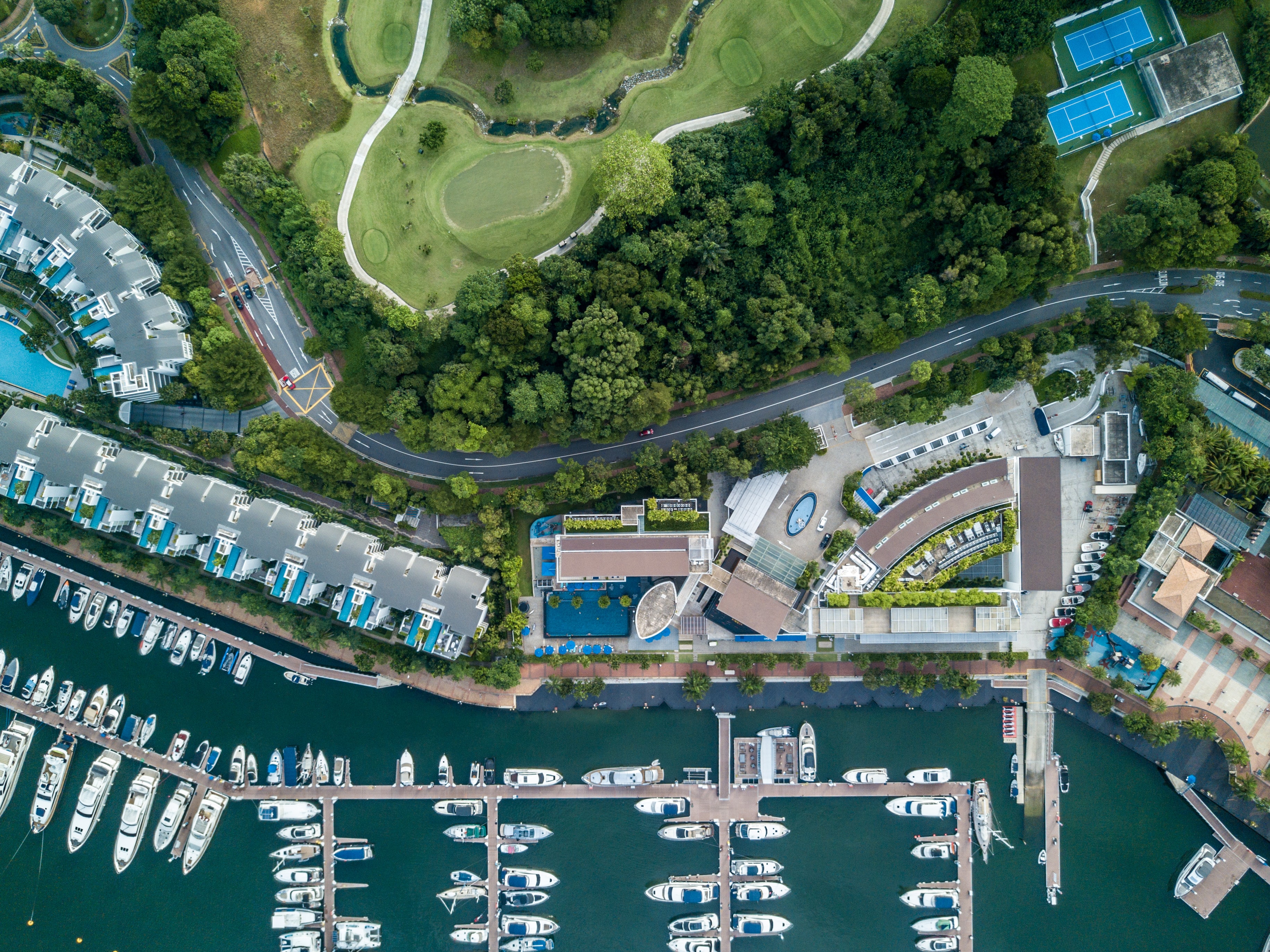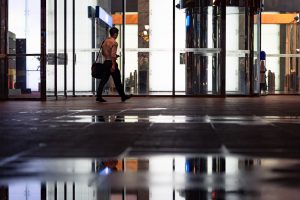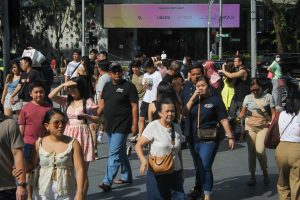Simply put, investment migration programs are programs where HNW individuals can acquire expedited access to citizenship or permanent residency via government-approved investment programs. Citizenship-by-investment and Residency-by-investment programs are not unique to Singapore: many other countries such as the United States, Germany, and perhaps most infamously, Malta, also have investment migration programs.
In fact, it is worth pointing out that Singapore does not have a citizenship-by-investment program—only residency-by-investment under the Global Investor Program (GIP). Under this program run by the Economic Development Board (EDB), eligible investors can acquire expedited residency.
Since the 1970s, Singapore has offered routes to permanent residency for investors. GIP is merely the latest offering in a long line of similar, but retired programs. Prior to GIP, Singapore also had the Financial Investor Scheme (2004-2012), which was retired amid criticism of the influx of wealthy immigrants and its impact on asset prices, according to sources from the Monetary Authority of Singapore.

Still, Dominic Volek of Henley & Partners, a leading investment migration consultancy, says that although the GIP is very complex and has many restrictions, it remains an attractive destination, particularly amidst Covid-19. According to Dominic, ultra-HNW individuals are now more concerned about countries’ healthcare systems, assessing investment migration decisions based on countries’ pandemic preparedness and management.
In this aspect, Singapore and New Zealand are held in high regard, in contrast to other countries such as the United States and the United Kingdom.
There are also push factors to consider: Brexit has led wealthy Britonians to consider alternative residencies, and closer to home, the Hong Kong protests have led to a marked uptick in enquiries. To meet expected demand, Henley & Partners, like other investment migration consultancies, has been working very closely with private banks such as DBS and Bank of Singapore, all of whom are gearing up their family office capabilities.
Dominic estimates that the GIP has attracted about 1,800 total applicants since its inception. Applicants have three options: they can either invest 2.5 million SGD into new businesses, park money into GIP-approved venture capital funds, or establish a Singapore family office. Those who meet the criteria are issued a Permanent Residency and re-entry permit at the end of five years only if they meet business milestones. They also need to spend at least half their time in Singapore to meet the 5 year renewal. If they cannot afford to spend so much time in Singapore, they can renew their entry for three years.
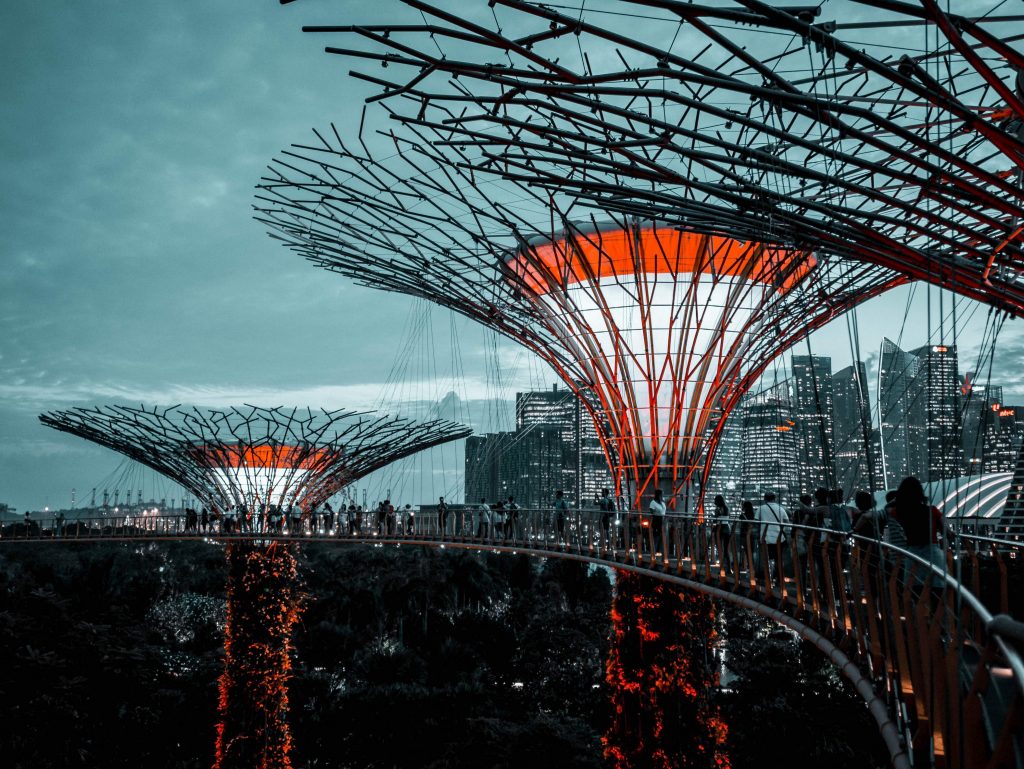
Said Dominic, “wealthy people like to have options—a second residency or alternative citizenship in multiple jurisdictions give them that. Sometimes, it’s seen as a luxury product—similar to the way the rich have multiple sports cars, houses, and so forth, HNW individuals like to own a portfolio of citizenships and residencies.”
But there are also pragmatic benefits to this, notably, the ability to circumvent travel restrictions. Every year, Henley & Partners releases a Passport Index that ranks global passports based on how “powerful” they are, according to the number of destinations their holders can access without a prior visa. Singapore consistently tops this ranking. Since most of his clients are international investors or entrepreneurs, they travel frequently to surrounding regions and emerging markets, and value the convenience that a Singaporean passport affords them.
Dominic said that Singapore’s program is considered the ideal standard of what residency-by-investment programs “should” look like. He praised the government for “always doing their homework and covering all their angles”, citing the recently revised minimum income threshold from $50 million to $200 million in March this year as an example of a “conscious decision” to ensure the government is attracting the “right applicants”.

Notably, Singapore does not allow dual citizenship, so prospective investors who wish to acquire citizenship via the residency pathway would have to renounce original citizenship. Like other new citizens, their sons would have to go through National Service, or risk revocation.
Dominic nodded quickly, with the practised tiredness of someone who has answered similar questions from other overzealous journalists.
“Good question. You know, we think it’s very old-fashioned, this idea of citizenship, which is based on arbitrary determinants, like where you happen to be born. We believe that as long as you are very skilled—successful, work hard, financially independent—you should be allowed to become a new citizen anywhere in the world.”
This glamorous depiction of investment migration as an enabler of global cosmopolitan citizenship deserves greater scrutiny. Notably, it is worth asking who is allowed access to this utopic, post-borders vision of the world that is supposedly colour-blind and egalitarian (read: a multi-multi-millionaire).
Dominic believes that “there is not enough done by the industry to tell their stories”, pinning criticism of such programs to “misguided negativity”.

Whether these programs are equally beneficial to Singapore deserves wider scrutiny. After all, as Dominic observed, Singapore’s needs are very different from say, the Cayman Islands. It is worth asking if such programs actually have a net positive economic impact on our country.
When interviewed, NMP Prof. Walter Theseira, former expressed some concern about potential factor price distortions related to the effects of HNW residency in Singapore, notably, purchases of high-end property and related consumption and investment activities.
“In essence, it’s a decision to deliberately increase wealth and income inequality in Singapore, with the belief that as long as the source of the increase is ‘external’ and not caused by, say, a highly unequal structure of opportunities in Singapore, then it should have only positive effects.”

“I am afraid that the extreme reluctance of the government to publish data on these programmes—not a flaw confined to the Singapore government, since these programmes are typically shrouded in secrecy worldwide—makes it really difficult to answer this question.”
(I had emailed a representative from Contact Singapore (EDB), asking if they could walk me through the policy intent behind revising the investment thresholds for GIP earlier in March, and if they could provide data, as well as an assessment, of how well GIP has met its stated goals. I did not receive a response.)
Singapore, as a young nation-state, grapples with this question in a unique way I suspect most other countries don’t tussle with. In the post-war years, we had our fair share of existential angst and identity crises. Like most teenagers, we have since grown up to become a little surer of ourselves, but these anxieties remain. We have our national emblems: the Singapore flag, the pledge, the national anthem. But what does it mean to be Singaporean today?

Prof. Theseira compared Singaporean citizenship to the United States, arguing that “as a society, we still lack a widely accepted values-driven theory of what it means to become Singaporean.” Whereas Americans broadly identify with “American values” (a strange and sometimes confusing mix of freedom, economic opportunity, and individualism), what being “Singaporean” means today is still relatively murky.
Unlike other countries such as Japan or South Korea, we are also not ethnically homogenous, and cannot draw upon ethnic values, cultures, and descent to build a “national brand”.
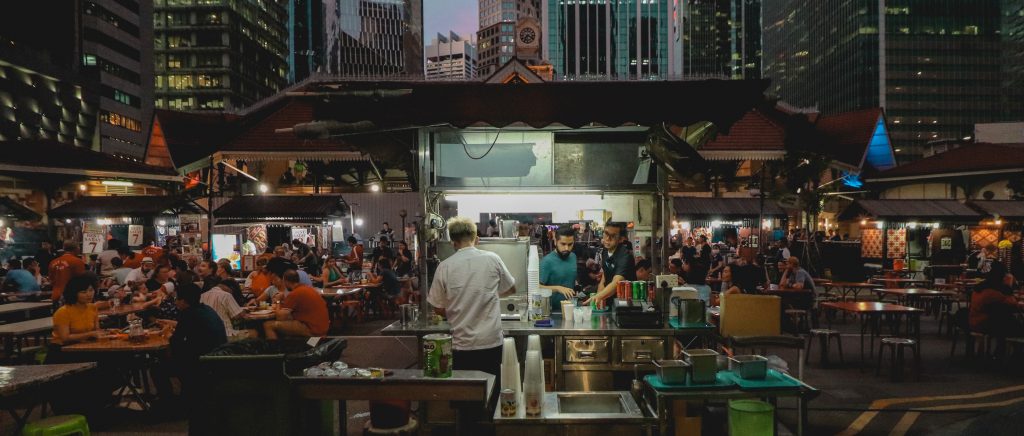
Or perhaps, what it means to be Singaporean is precisely that: this heady embrace of neoliberalism on steroids that means our national character is equally amorphous and chameleon-like, constantly adapting to fit the needs of global capital flows, in order to keep Singapore economically competitive.
Citizenship-by-investment (or its close cousin, residency-by-investment) has further implications on our democracy, particularly when the meaning of citizenship is so intricately tied to the right to vote and participate in a kind of imagined community.
Said Prof. Theseira, “In a democratic society where everyone has a stake in deciding who belongs, I think wealth and ability-based immigration programmes do raise important questions about how we define belonging. The principle that persons who wish to join a community must have something to contribute for the welfare of that community is not exceptional or inhumane—very few societies would accept completely open immigration or unlimited refugees, after all. But the way in which the concept of contributing is defined matters.”
“What you have highlighted is the creation of a system where economic contributing, in the form of one-off or limited economic transactions, acquires the same or often even greater value than contributing socially or economically over the long term. It’s a system where a migrant worker who helps to build up their employer’s business over a decade or a domestic worker who takes care of a generation of Singaporeans acquires less currency towards residency than someone who buys a condo and has some investable assets.”

Instead of skirting around the issue, some have addressed it head-on by pointing out the elephant in the room.
In a Facebook post on 30 May, former NMP Calvin Cheng wrote, “Is our immigration policy discriminatory? Yes. No need to tip-toe around it. At the top of the pyramid, we give priority to very wealthy people who can afford to invest 2.5m SGD. This is the Global Investment Programme. If they qualify, after they invest, PR is granted in less than 6 months and citizenship as fast as 2 years. The next in line are white-collar employment pass holders, typically graduates… If one is a blue-collar worker, things move far more slowly… And if one is a work permit holder, including domestic workers, it is impossible. We also do not accept refugees. This is our immigration policy which is elitist, ruthlessly hard-nosed, and pragmatic. I make no apologies for it.”

At the very least, it points to how migrant worker policy is merely one part of a broader immigration policy that spans many interrelated, but separate, policy questions. Instead of thinking about immigration reform in parts, perhaps we should be thinking about it as an interconnected whole—for migrant worker policy and investment migration represent two ends of a spectrum, but are fundamentally informed by the same principles of neoliberal governance.
As Singapore debates our migrant worker policy, perhaps it is also time to review our immigration policy altogether, and ask if our current system serves our needs and interests (and indeed, interrogate what those needs are, and whose needs we should serve and prioritise, to what ends).
And if national debates thus far are anything to go by, we should know that there are no easy answers, only hard choices.
